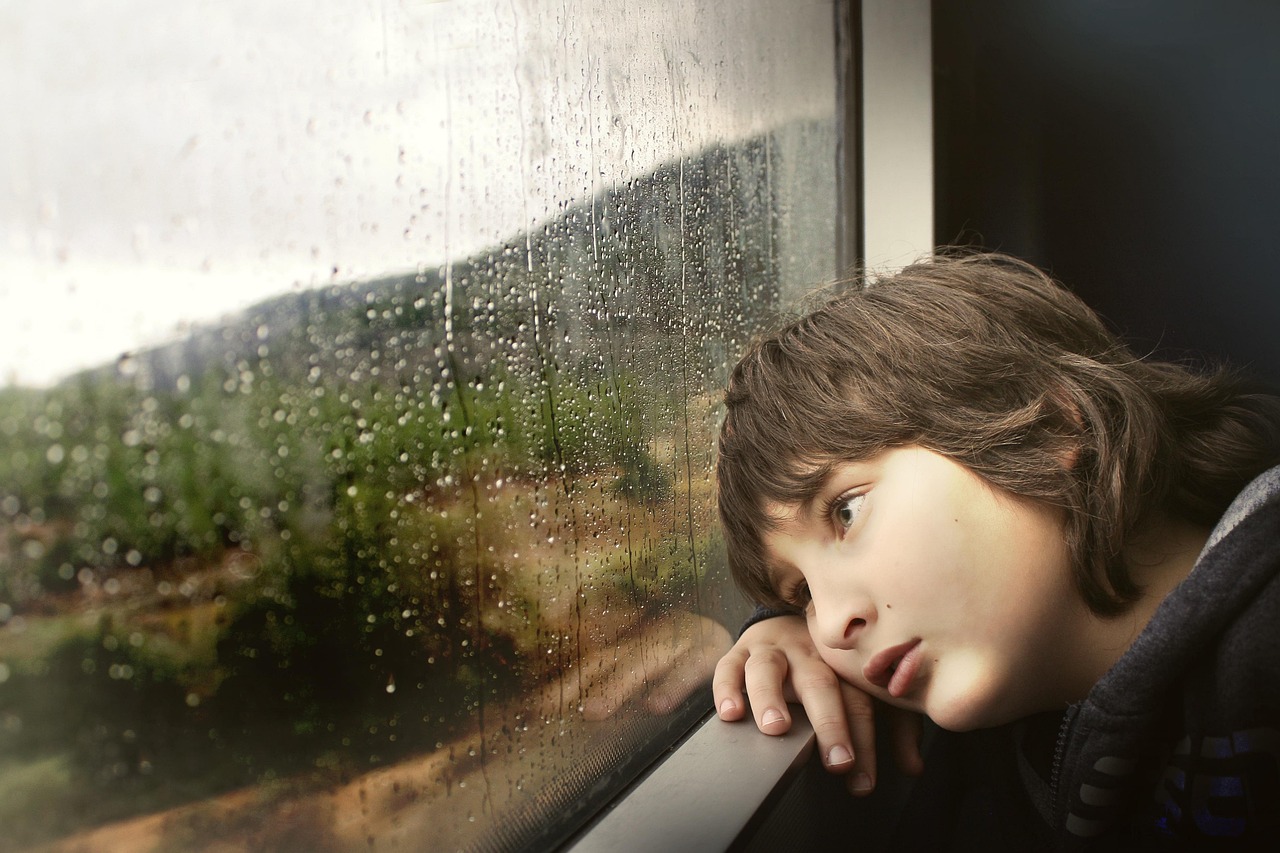
Civic journalism thrives without Washington. Out of chaos comes creation:
The current U.S. administration is slashing funding to NPR, PBS, and the Corporation for Public Broadcasting—impacting over 1,500 local stations and undermining community access to news and culture.
Federal cuts to public broadcasting matter—but independent and community media are stepping up with innovation. By decentralizing storytelling, diversifying funding, and empowering local voices, these outlets prove that civic journalism thrives without Washington.
Communities elsewhere—and even remaining public stations—can learn from Sangham Radio, The Overlook, Calvert Loop, and Prometheus: effective media doesn’t require deep pockets, just trust, creativity, and local ownership.
What they’re doing instead
1. Sangham Radio (India)
All-female community radio run by Dalit women in Telangana. Programs span health, farming, rights, and local folklore. It has empowered listeners across 40 villages and boosted civic knowledge—from radio, not depending on federal dollars.
2. Neighborhood Print Zines — The Calvert Street Loop (Washington, D.C.)
Launched by young locals covering hyperlocal history, gardens, parks, identity. Print delivered to only three streets—but creates deep community connection & civic pride.
3. The Overlook (Catskills, NY)
Nonprofit digital newsroom filling gaps left by shuttered local papers. Operates on donations, grants, local ads, and focuses on government accountability, culture, history—with no paywall.
4. Prometheus Radio Project (U.S.)
Backs low-power community radio through “barnraisings”, training and legal advocacy—especially for marginalized groups. Stations launched in rural and urban areas without big media budgets.
5. Voices of Manistee (Michigan)
Produced by a Community Innovation Lab to collect oral histories via video/audio from diverse residents. The stories become an interactive digital map and community listening events. Finalist for a $50k grant.
Why it matters
| Innovation | Impact |
|---|---|
| Community-led media | Puts power in local hands—less dependent on federal infrastructure. |
| Storytelling formats | From print zines to oral histories to FM radio—tailored to local culture. |
| Civic engagement | Direct citizen reporting, oral history, local justice reporting foster community trust. |
| Low barriers | LPFM stations and DIY newsletters scale at low cost and high engagement. |
Lessons learned
- Community ownership is key: Media that are owned and shaped by locals build trust and relevance.
- Diversify funding: Donations, small grants, local ads, crowdfunding—these models sustain independent outlets.
- Mix formats: Zines, radio, citizen platforms, storytelling maps—blend digital and analog to reach all ages.
- Train and empower locals: Programs like Prometheus offering technical and legal support help communities launch media sustainably.
- Use civic storytelling: Oral histories and citizen journalism not only inform—they bring communities together and build archival identity.